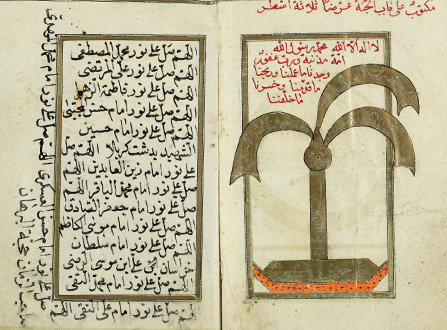من البئر إلى القصر: أسطورة النبي يوسف الصديق عليه السلام
من المعلومِ أنَّ الأنبياء اختارهم الله لتنوير الناس وهدايتهم إلى الطريق الصحيح، ولكن لماذا اختار بعض البشر أن يكونوا أنبياء دون غيرهم؟ ما الذي جعل حياة بعض الأشخاص مميزة جدًا بحيث كانت قصصهم تستحق أن تروى ولا تزال تُحكى حتى يومنا هذا؟ ونحن نقرأ قصص الأنبياء، لا يَسعنا إلا أن نلاحظ شيئاً مشتركاً
لمقالة بمدونة المكتبة
 سجل الدخول باستخدام غوغل
سجل الدخول باستخدام غوغل
 تسجيل الدخول باستخدام فاسيبوك
تسجيل الدخول باستخدام فاسيبوك


